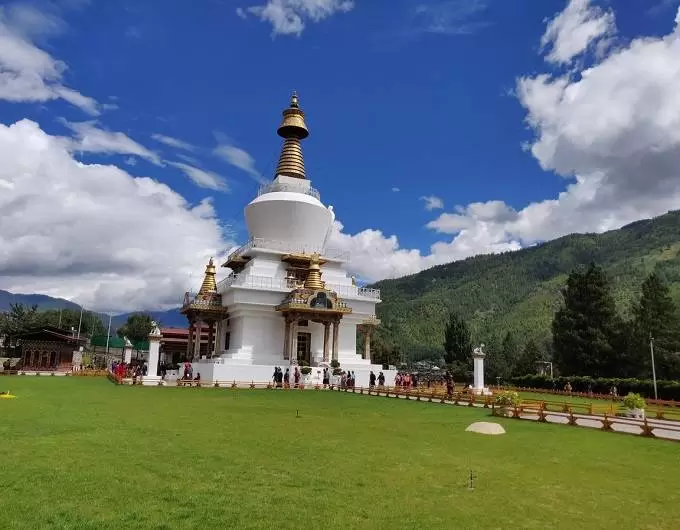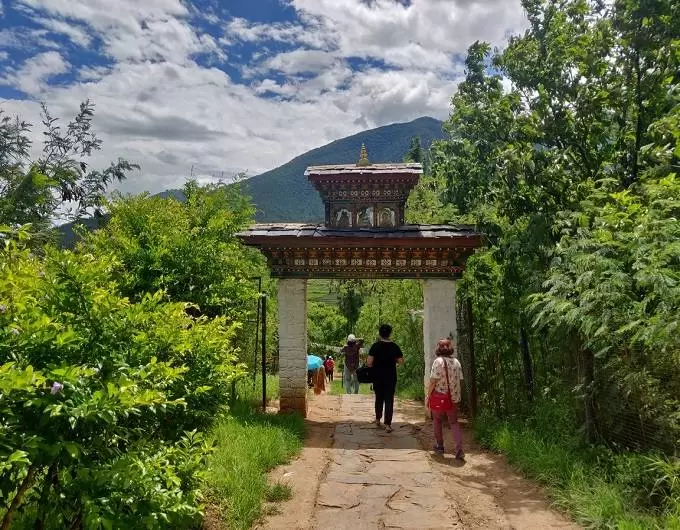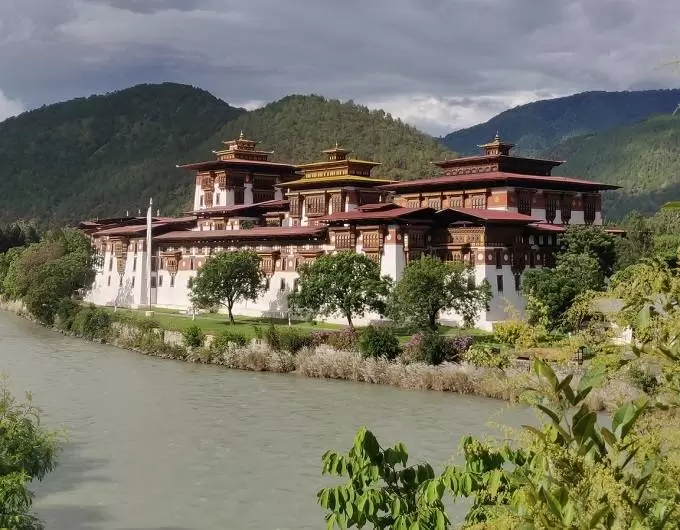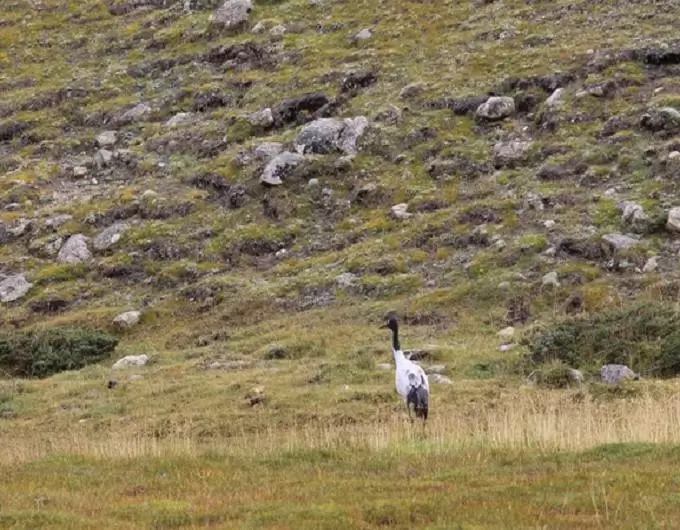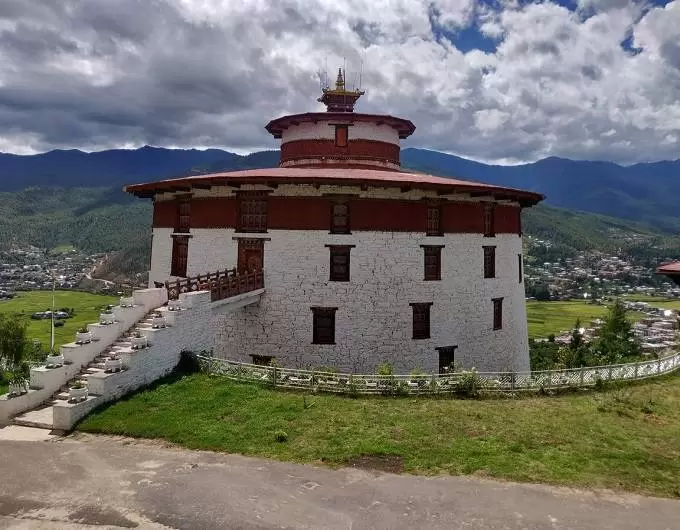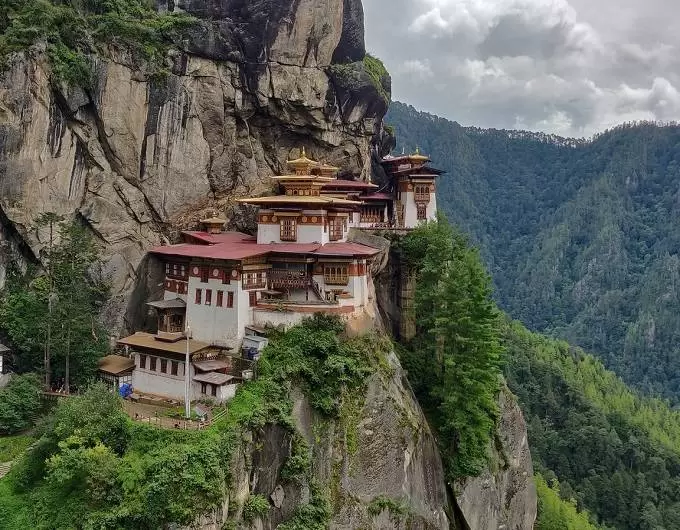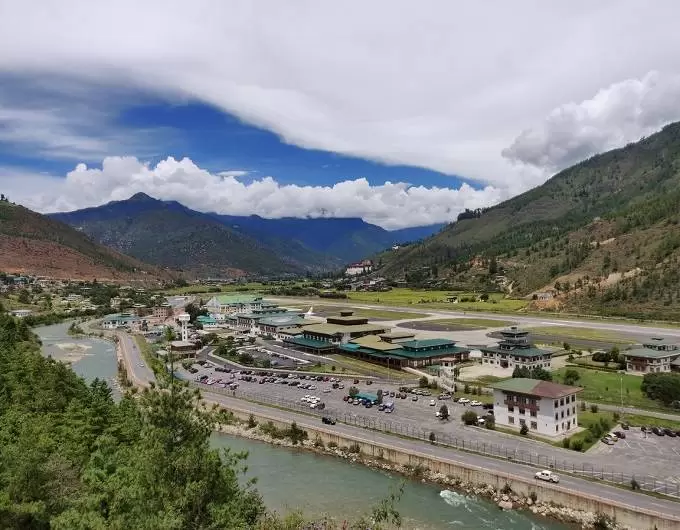About The Tour
The seven-night package incorporates with a visit to:-
Thimphu: The largest city and capital of Bhutan and the only Capital city in the world without traffic lights.
Punakha: The old capital and winter residence of Chief Abbot of Religion. The most historical ‘the abode of perpetual happiness’ - fortress is situated here.
Paro: Site of the international airport and the home to the legendary Tiger’s Nest Monastery. Your usual entry/exit points by Air.
Wangdue: Wangdue: Home for Black-necked crane bird; considered reincarnate beings that come back to our world to help other souls to enlightenment.
Your seven-night holiday in the four different valley lights up with sightseeing to holy sites like Temples, Monasteries, Fortress, Living Museums, farm house, panoramic views of the unscaled snow-capped mountains, unsurpassed beauty of the valleys and walk through lush pristine forest with stunning lookout of waterfalls. Your tour executive will elaborate more on Bhutan’s era of landscape and cultural heritage.
Tour Packages Details
- Guide fees for all days
- Accommodation: 3 Star lodges/hotels/farmhouse stay
- Meals: Breakfast
- Transportation
- All entrance fees at Private and National Parks
- Activities: Sightseeing
- INR 1250 daily fees for Indian guests included (For all 4 guests)
Pricing Options
- ₹ 43,750 Per Person (Group of 4)




